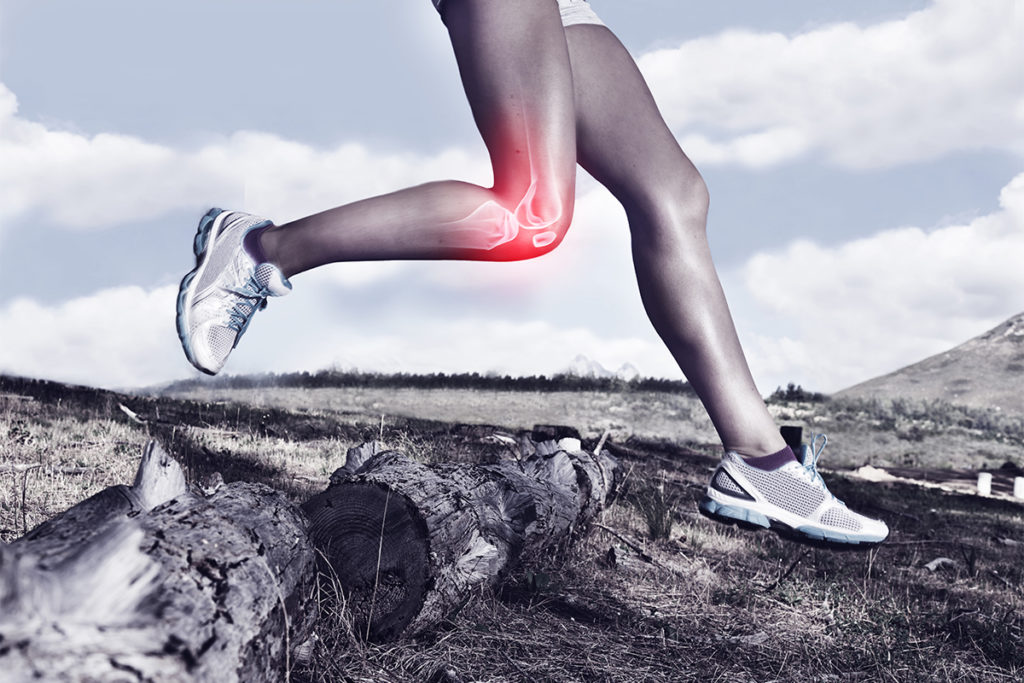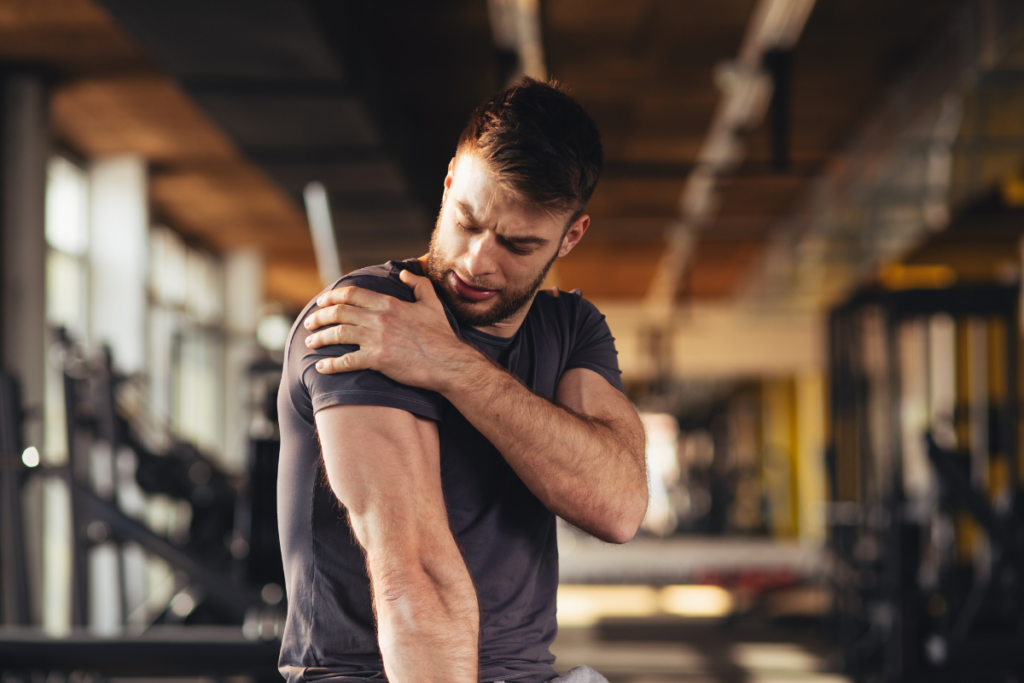Podcast Yourself
Different ways fitness professionals are using podcasts to educate and motivate.
6 Inspirational
Power Points
Let Failure Guide
You to Success
9 Training for Growth
Seasonal Change:
Winter Doldrums
12 Internet Marketing
Creating an Adwords® Campaign to Build
Your PracticePersonal trainers acquire a wealth of information and fitness experiences over their careers. Most are willing to share their expertise if they know it might help enlighten a colleague or motivate a gym member. Today, a growing number of these fitness professionals are expanding their conversations into the global arena via podcasts.
Podcasts are a series of on-demand digital media files that subscribers can access via the Web or download into their portable media players (e.g., iPods). In the last 3 years, there has been an increase in Internet users who have downloaded a podcast, from 7% to 19% (Pew Internet 2006 & 2008). While this usage rate may not compare with current rates for other Web-based platforms, such as blogs (33%) and videos (57%), it does not devalue the effect of podcasts. Audio and audiovisual media can effectively convey messages and elicit emotional responses (Crigler et al. 1994). Specifically, there is growing evidence that podcasting is a valuable tool for improving motivation (Edirisingha & Salmon 2007; Hargis & Wilson 2005; Rosell-Aguilar 2007).
Fitness professionals are using this platform to reach new audiences, educate listeners about various health and fitness issues, and encourage clients to stay engaged. Read on to discover the various types of fitness podcasts and the advantages and limitations of coupling this tool with your professional efforts.
Types of Podcasts
Just as with television or radio programming, there are different genres or types of podcasts. Although some formats may have more production costs than others, the successful ones highlight the strengths and personalities of the host(s) while delivering entertaining, educational and relevant content to their audiences. Below are the four different styles of podcasting for fitness professionals.
The talk show format is among the more popular types of podcasts to produce because audiences appreciate hearing reliable health and fitness information from expert sources. Some talk shows may have a broad focus, covering topics from industry news to seasonal exercise tips. Others may have a more specialized concentration, discussing only issues around athletic performance or addressing all kinds of marathon training techniques. Whether talk shows are tailored to the general public or professional peers, this type of podcaster should have a dynamic personality, strong communication skills and/or the ability to facilitate multiple discussions.
Pros. The talk show format is flexible. Tone can be formal or informal (although conversational or unscripted podcasts seem to have higher appeal). Opportunity to expand your professional network can increase by inviting colleagues as guests on the show.
Cons. Talk shows have a tendency to be on the longer side (30–60 minutes), which may increase time and/or cost of production. There may also be a higher potential for losing listeners if the show tries to cover too much at once. Pressure to keep content fresh may lead to early burnout.
Talk Show Examples. StrengthCast, Fitness Rocks, The FitCast, The StrengthCoach Podcast, The Health and Fitness Show, CrossFit Radio.
Downloadable audio workouts have grown popular in the fitness industry, especially since portable media players seem to be common tech items with gym-goers. Workout podcasts are guided exercise routines that coach participants through various kinds of programs, from cardiovascular activities to muscle-conditioning exercises to yoga. Whether it is training the athlete or the fitness newbie, workout podcasters should possess strong program design skills and creative techniques in verbal coaching.
Pros. Workout podcasts have high revenue-generating potential, as they can be sold individually or as a series or set. Content does not have to be time-sensitive because subscribers will likely listen to workouts multiple times.
Cons. The production costs tend to be higher, since customers who purchase these podcasts expect quality products. This generally means scripted content, better recording/editing equipment, a longer production time and additional costs (such as music licensing fees).
Workout Examples. Couch to 5K, Ridgeline Fitness, My Free Trainer, Army National Guard Fitness.
Bite-sized podcasts can be used to encourage clients with motivational thoughts, educate the public with “quick-and-dirty” fitness tips or facts
or increase marketing by tying into other promotional events or products. Shorter podcasts (less than 15 minutes) are ideal for listeners who may not have the time to devote to a 30- to 60-minute podcast, and they can also be an opportunity to reach new audiences because more people are likely to listen. Knowing how to speak in sound bites and/
or edit content into short, powerful sequences are must-have skills for creating a bite-sized podcast.
Pros. Production time is shorter, making it easier to release new content (weekly, daily, hourly). This type of podcast can also easily enhance or complement your marketing strategy. Edit content from a longer prerecorded podcast or cross-promote products and services by adding “For more on this topic, listen to the full podcast at . . .” or “Check us out on the Web at . . .”
Cons. Although a short podcast may be easy to produce, if it is not adding value to your professional services or increasing your marketing efforts, it may end up being a poor return on investment and an ineffective use of time.
Bite-Sized Examples. Motivation to Move’s Daily Boost, Nutrition Diva’s Quick-and-Dirty Tips, Fitness Attack With Amy Mac, Dr. Fitness, The Fat Guy’s Wellness Minutes.
These podcasts capture conversations as they unfold on location at conferences, workshops, health/fitness studios and events or races. They can include professional lectures, presenter interviews and participant commentary. Interestingly, more fitness enthusiasts seem to be embracing this format than professionals. For instance, amateur athletes are recording their outdoor running and cycling workouts as a way to keep themselves accountable for their training, while their listeners experience the feelings of working out alongside a buddy. A cell phone or a cheap portable MP3 recorder is all one needs to document these happenings. In order to have interesting content, on-location podcasters should be willing to be flexible and somewhat vulnerable in any situation.
Pros. Your chances are better for capturing genuine conversations and candid interviews with colleagues and clients. Often the most magical moments come out of podcasting “on-the-fly.”
Cons. You may have to deal with possible on-location mishaps, such as equipment failure, ambient noise (wind, traffic) and various unexpected distractions, which may lead to poor quality.
On-Location Examples. Interviews From FitnessFest Conference (only available at http://is.gd/C28X), Zen and the Art of Triathlon, RunDiggerRun (amateur), Running From the Reaper (amateur).
Except where noted, all podcasts listed above are available on iTunes. But these and thousands of other podcasts can also be found in one or more of the following directories: DigitalPodcast.com, PodFeed.net, PodcastDirectory.com and PodcastAlley.com.
Is Podcasting for You?
While there may be multiple applications for podcasting in the fitness industry, it certainly does not mean that all fitness professionals should consider becoming podcasters. Just as reading journals and contributing to fitness articles can elevate your professional role, regularly listening to podcasts and making guest appearances on fitness “podshows” may also help you stay relevant and on top of industry conversations.
Whether or not podcasting is a dying format or a growing trend in the digital age will be answered with the passage of time, but for fitness professionals who are willing to embrace technology, the possibilities are worth exploring. n
Supplement to November–December 2009 IDEA Fitness Journal
References
Crigler, A. N., Just, M., & Neuman, W. R. 1994. Interpreting visual versus audio messages in television news. Journal of communication, 44 (4), 132–49.
Edirisingha, P. & Salmon, G. 2007. Pedagogical models for podcasts in higher education. Paper presented at the Proceedings of the European Distance Education and E-Learning Network (EDEN) Annual Conference 2007, Naples, Italy.
Hargis, J. & Wilson, D. 2005. Fishing for Learning with a Podcast Net. Journal of Hospitality, Leisure, Sport and Tourism Education, 6 (1), 49–57.
www.pewinternet.org/~/media//Files/Reports/2007/PIP_Online_Video_2007.pdf; retrieved May 21, 2009.
www.pewinternet.org/Commentary/2008/July/New-numbers-for-blogging-and-blog-readership.aspx; retrieved May 21, 2009.
Rosell-Aguilar, F. 2007. Top of the pods—In search of a podcasting “podagogy” for language learning. Computer Assisted Language Learning, 20 (5), 471–92.
Biray Alsac, MS
Biray Alsac, MS, is the owner of FITTmaxx Institute, a consulting company for health organizations and fitness/wellness professionals interested in learning how to integrate Web-based tools and interactive technologies (exergames) into their programming. She holds a masterÔÇÖs degree in exercise and wellness. Certification: ACE Education provider for: ACE




